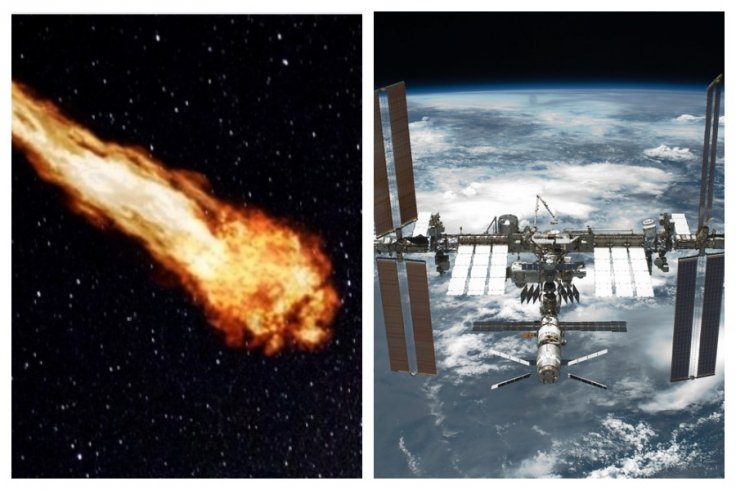An analysis conducted by NASA had previously suggested that there could be more than 170 million pieces of space junks in Earth's orbit, and one such space debris made the International Space Station (ISS) perform an avoidance maneuver on September 22, 2020, to ensure that they will not get hit.
Collaboration by Russia and the US
Urging better management of space debris, NASA revealed that the maneuver was made possible by a joint operation by the Russian and US flight controllers two and a half minutes. The team successfully adjusted the space station's orbit, and the debris zipped past the ISS without a collision.

Later, NASA revealed that the space debris passed within 1.4 kilometers of the International Space Station. Three crew members that include two Russian cosmonauts and one American astronaut relocated to be near the Soyuz spacecraft during the time of maneuver so that they could evacuate if necessary.
NASA chief Jim Bridenstine confirmed that the maneuvering process is complete, and astronauts have now returned to their regular work.
Maneuvers Happen on a Regular Basis
Astronomer Jonathan McDowell revealed that the space debris that threatened the ISS was actually a piece of Japanese rocket that broke up into 77 pieces last year. As the ISS is orbiting the earth at an altitude of 420 kilometers at more than 27,000 kilometers per hour speed, even small space junks could severely damage the space station.
According to NASA, these types of maneuvers are quite common, and the space station has apparently performed 25 such maneuvers between 1999 and 2018. However, this is the third maneuver ISS had to perform this year, and this is mainly due to the increase in the number of space junk in the earth's orbit. Apart from the usual space junks, anti-satellite missile launches by India and China could also pose a threat to the International Space Station in the future.









